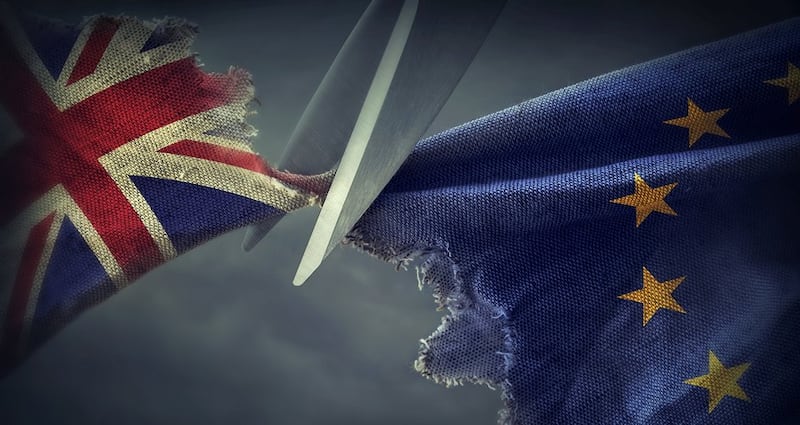Ruling out a no-deal Brexit and moving towards an article 50 extension and a possible second referendum seem like threats to British prime minister Theresa May. But in fact they strengthen her hand in her attempts to pass the withdrawal agreement – or at least a tweaked version of it – through the House of Commons, perhaps even before the March 29th deadline.
That analysis is shared by senior figures in Dublin who spoke privately in recent days. However, with so many missteps by May so far, officials and politicians express some doubt that she can guide parliament and the wider political currents towards a deal.
One of the most overused EU-speak buzz phrases is to talk of a “landing zone” for the deal. The outline of the runway lights may be becoming clear in the distance, but few have much confidence in the flying or navigational abilities of the pilot.

Nowhere is watching more closely than Dublin. The Government knows there is a crucial part of the process that must be done here.
If May is to swing her party behind her deal, she needs a change to the arrangements surrounding the backstop that are substantial enough for her Attorney General, Geoffrey Cox, to pronounce them sufficient. Cox is in Brussels for talks today.
Early British ambitions – based on the demands of the hard Brexiteers in the Conservative Party – that the backstop be time-limited or subject to a unilateral exit will not wash with the EU, and the British know it. But some combination of a tweaked review mechanism, allied to legal guarantees from the EU saying that the UK would not be kept indefinitely in the backstop against its will, could be enough. May needs something – anything, maybe – to interpose between the here and now and the apparently limitless horizon of the backstop. That’s what Cox is looking for.
The DUP factor
Would it be enough for the DUP? According to high-level sources, the Government believes that the DUP – or most of the party’s MPs, anyway – want a deal. The view in Dublin and London is that DUP assent would be the key to unlocking a great chunk of Conservative support for the deal. Some Labour defectors might still be needed. But it would get May to within shouting distance of passing her deal.
A big decision to allow such a tweak to the backstop remains to be taken in Dublin, senior sources agree. There are fears that it would look like a retreat by Varadkar and Coveney, but others counsel that the concerns are overblown – anything that avoids a crash-out, hard Brexit at the end of March can be presented as a good result, they say.
Either way May will have to first demonstrate that a tweak such as this will definitely pass the House of Commons. Neither Dublin nor the EU will take her word on this – she will have to demonstrate it through votes in the House.
There are still an awful lot of moving parts, an awful lot of potential pitfalls, a broad range of plausible outcomes. But as the clock counts down, the picture has become a little clearer this week. Not prettier, perhaps, but clearer.










